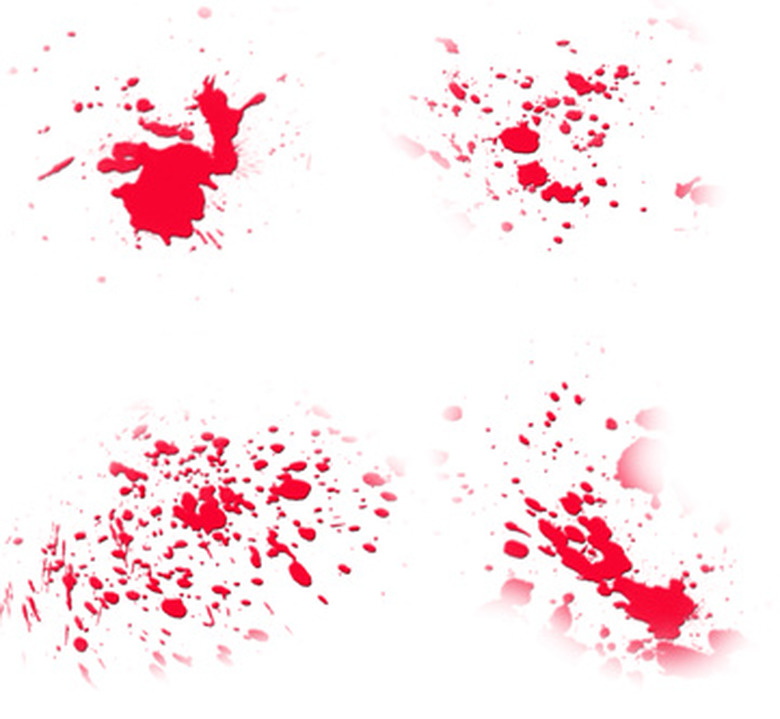Projects On Forensic Science
Forensic science, also known as forensics, is a multidisciplinary branch of science which incorporates biology, chemistry, geology, physics, psychology and several other natural and social sciences. The primary objective of forensic scientists is to use scientific methods of investigation and, in some cases, interrogation, in order to gain impartial evidence that investigators can use in a court of law. If you want to learn more about forensic science try completing a project on the subject.
Forensic Psychology Experiment
Forensic Psychology Experiment
Using magnetic resonance imaging machines, or MRIs, neuroscientist have been able to determine that the human brain works harder when it tells a lie. According to Science Buddies, you can put this discovery to the test by conducting a forensic psychology experiment wherein you will see if lying impacts the brain's ability to conduct a particular task. Have a volunteer hold out his arm perpendicular to his body, with his palm down. Ask him to keep his arm in that position while he repeats a series of phrases. Two will be truthful statements while one will be a blatant lie. After your volunteer says each phrase, push down gently on his arm, using the same force every time. Conduct the experiment on several more volunteers, and determine if there is a correlation between lying, and whether or not the brain makes the participants increase or decrease their resistance against your pushing down.
Which Substance Makes the Best Blood?
Which Substance Makes the Best Blood?
In order to re-create crime scenes – and criminal events that have occurred, such as murders – with scientific accuracy, a forensic scientist needs to use materials that are identical to those used in a crime. As a project, you can determine which material is best at replicating the effects and appearances of blood. According to the California State Science Fair, you will first need to acquire some actual blood to which you can compare your artificial solutions. Perhaps the best option is to buy blood that is preserved in chemicals from a science supply retailer; however, sterilized animal blood from a butcher's shop is another possible option. Once you have your blood, compare it to several potential artificial blood candidates, like red paint, a saline solution, water and syrup. Observe how different solutions drip in comparison to the real blood, and what types of splatters marks they leave behind. Then determine which is the most similar to the actual blood.
Ink Evidence Exposed
Ink Evidence Exposed
The objective of this project is to use chromatography, or the separation of a mixture into its various base components, in order to link the ink from a specific marker to a fictional crime scene. According to Australia's Commonwealth Scientific and Industrial Research Organisation, take several strips of paper towels and make a dot on each using a different brand or style marker. You can keep the color the same, to make it a bit more challenging. Then, dip the end of each towel into some water and let the capillary action separate the inks into their various base colors. Each will produce a distinct pattern, allowing you to identify if a mark left at a crime scene came from a suspect's marker.
Cite This Article
MLA
Devaney, Erik. "Projects On Forensic Science" sciencing.com, https://www.sciencing.com/projects-forensic-science-7231141/. 24 April 2017.
APA
Devaney, Erik. (2017, April 24). Projects On Forensic Science. sciencing.com. Retrieved from https://www.sciencing.com/projects-forensic-science-7231141/
Chicago
Devaney, Erik. Projects On Forensic Science last modified August 30, 2022. https://www.sciencing.com/projects-forensic-science-7231141/
